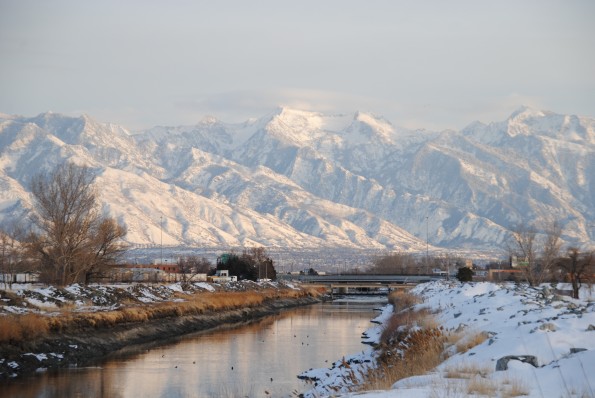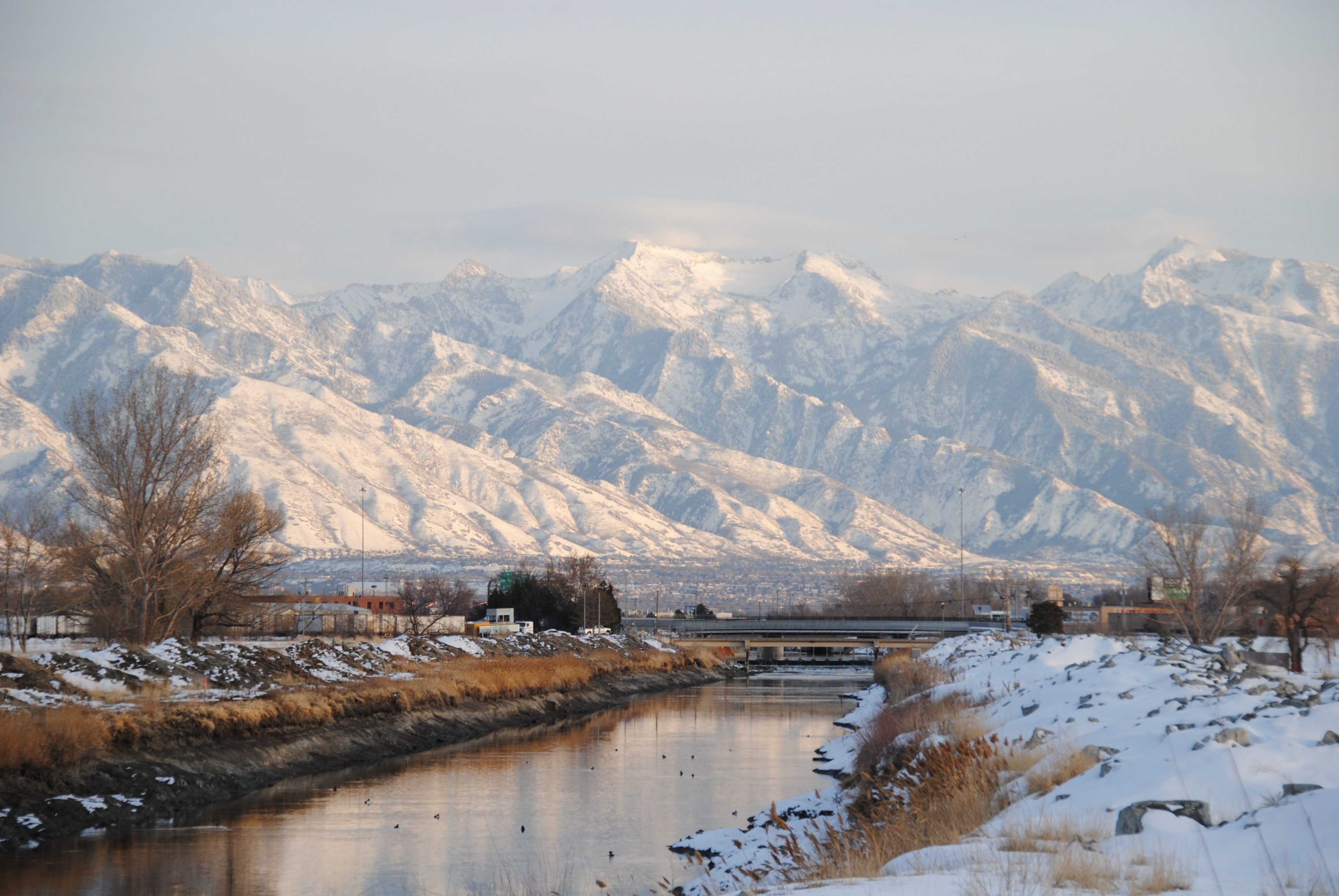
All of the Utah ski resorts in Big and Little Cottonwood Canyon are privately owned, but lease the land from the U.S. Forest Service. Park City Mountain Resort and Canyons sit on land owned by Talisker Land Holdings and are leased to Vail Resorts. Certainly our ski resorts have proven a great win for Utah’s ski tourism economy. But the number of development projects (some still within the vicinity of U.S. Forest lands) is increasing.
Vail Resorts now own the Canyons and Park City and their mega resort (combining both resorts) is now open. Vail also owns eight resorts in three different states. But Vail isn’t counting on lift ticket sales to deliver their huge earnings. Their earnings are derived more from real estate than lift tickets. Renting their properties and selling luxury condos.
Luxury ski-in ski-out condominiums can fetch up to $13 million, and the properties adjacent to and bordering ski hills are some of the most expensive real estate in Utah, accommodations run for as much as $3,000 per night and far more during the Sundance Film Festival.
So how is so much forest land being developed? According to David Whittek, the forest supervisor for the Uintah, Wasatch and Cache National Forests, the ski resorts in Big and Little Cottonwood Canyons operate under a special use permit for forest service land and also the resorts privately own some of the real estate. For example he says,”Snowbird recently did a mountaintop face-lift by expanding the end of a gondola run with a restaurant. They had to get approval from the Forest Service as well as complete an environment study.” When Solitude built a European style village at the resort it was all done on private land.
According to Whittek the Forest Service is working on a swap with Snowbird. The Forest Service will receive valuable, large back-country areas, and the ski resort will get ownership of smaller areas closer to the resort. “These are value for value deals. The F.S. gets more acreage, but the land closer to the resorts is worth more money,” he says.
“The value of the property is based on property value not acreage, according to the USFS.” Through deals like this real estate is becoming an increasing percentage of earnings for resorts.
An Atlantic story studied the phenomenon. Lift ticket sales have flattened, and profits aren’t increasing substantially. According to a the study Vail resorts earns just 46% of their revenue from lift tickets and season passes. A greater percentage of their earnings come from accommodations, rentals, dining, ski school.
Quoted from a New York Times story: “We can literally double the value of the land if we can make it ski-in, ski-out,” said Jim Thompson, the president of the Vail Resorts Development Corporation. “If you’ve got a million-dollar piece of land 100 yards off the run, then the same piece of land on the run is $2 million, just like that.”
The big question is do we want our canyons to become the crowded, development heavy, corporate entities that have grown at other Vail owned resorts in Colorado and California?






